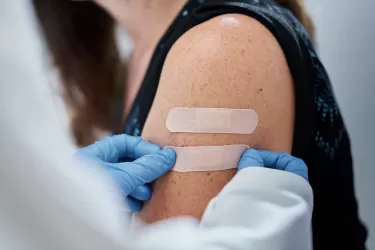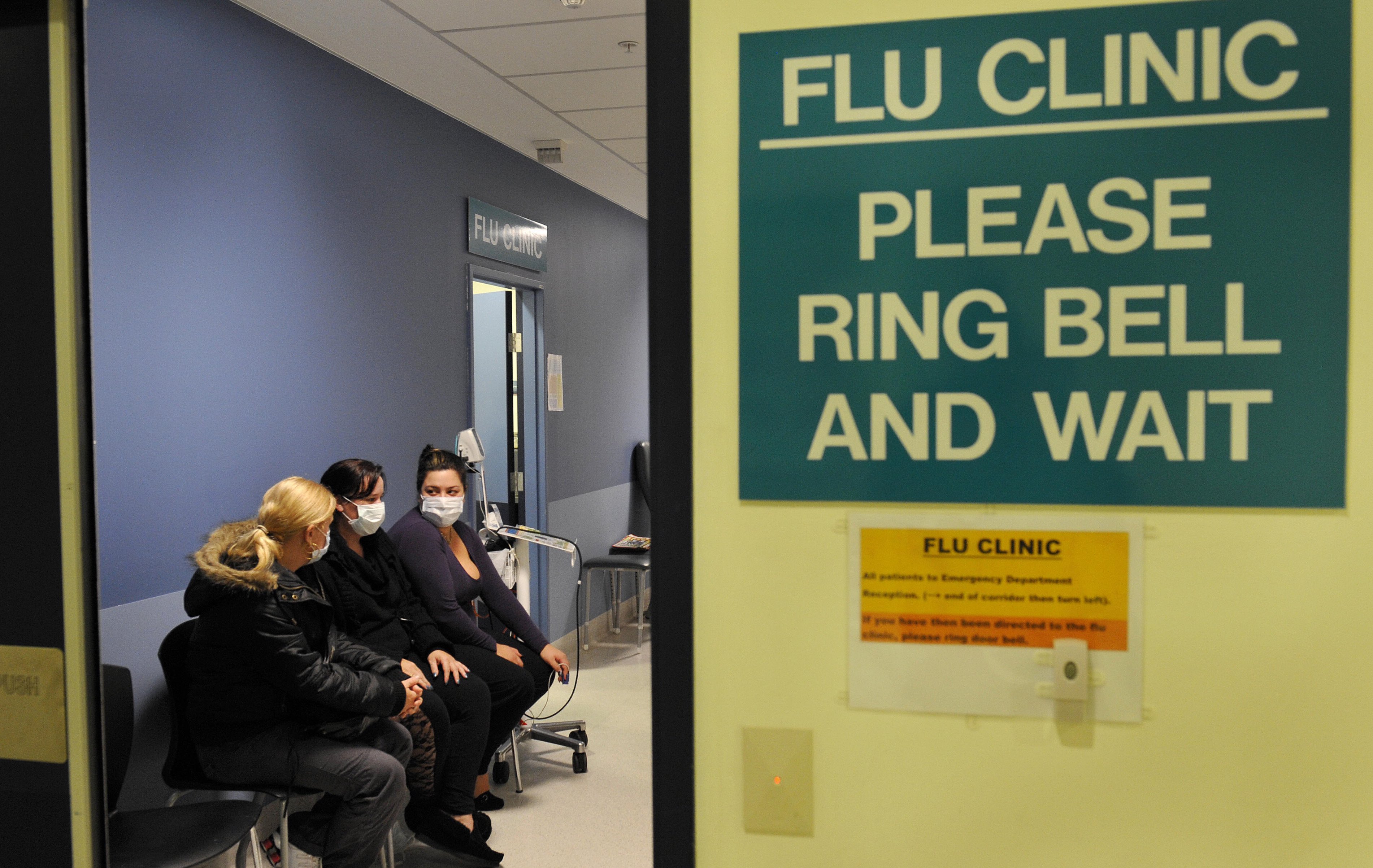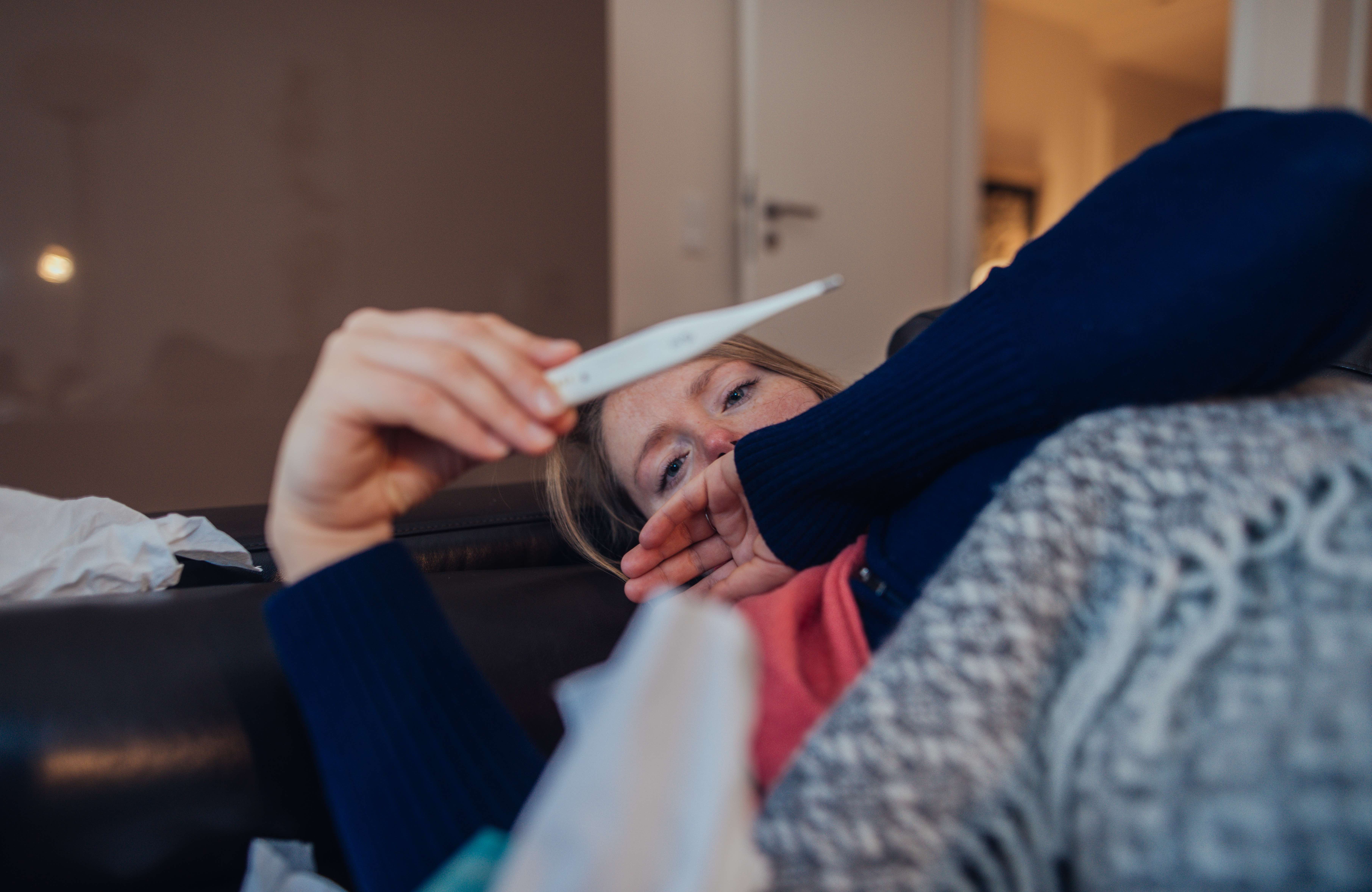
But I got my flu shot? Why the flu vaccine works for some and not others

Research has found out why some people aren’t immune to the flu even after they’ve had the vaccination
Published 15 February 2018
Some flu seasons in Australia hit hard. In 2017, more than 220,000 cases were reported, double that of the previous year. That epidemic was credited in 370 deaths.
The 2019 flu season was another severe one with high numbers of reported cases and early outbreaks, as well as increased hospitalisations and ICU admissions.

And in 2024, Australia experienced its highest recorded influenza season to date, with more than 350,000 laboratory confirmed cases.
Each year, the flu virus mutates, challenging immunologists to predict what form it will take and develop a vaccine to combat it.
And it’s a difficult job.
In the best years, the jab will provide immunity to around 60 per cent of those who get it. If we look back at 2017, however, it only protected between 15 and 20 per cent.
These figures point to a fundamental question about all flu vaccines: why does it immunise some people and not others?
Research by Melbourne’s Doherty Institute, a joint venture of the University of Melbourne and Royal Melbourne Hospital, discovered one of the reasons, pointing the way to transforming such vaccinations from blunt weapons to precise tools.

Researchers compared responses to the flu vaccine in people that developed immunity and those that didn’t.
The main difference, they discovered, was whether the jab successfully recruited three specific kinds of blood cells to the fight: T follicular helper cells, antibody-secreting cells and memory B cells.
If it doesn’t stimulate this trio, the vaccine has less effect and a person is vulnerable to the flu.
“With further work, it may be possible to make a vaccine that recruits or strengthens the response of these cells, greatly improving protection for everyone vaccinated,” says Professor Katherine Kedzierska, the lead researcher and head of the Human T cell Laboratory.
“It also is also possible that we could predict how well individuals will respond to a particular flu vaccine.

"This could make a life-saving difference to vulnerable people including young children, the elderly, Indigenous populations, pregnant women, obese people or those with underlying health problems.”
The findings, published in Science Translational Medicine also discovered that killer T cells, one of the body’s prime weapons against any invading virus, are completely unmoved by the current vaccine’s call to arms.
“If we get the flu, killer T cells are activated but they take a while,” says Professor Kedzierska.
“If it's possible for a vaccination to make a larger pool of those cells, ready to jump in when a body gets infected, it would be like having your army of ninjas ready.”
If future shots can harness this military might, the public health impact could be significant.

Health & Medicine
The flu-hunters
Marios Koutsakos, one of the study’s lead authors, says: “If we could make a vaccine that recruits these highly effective virus killers into the flu fight, we could be much of the way towards the one-shot, one-time effective flu vaccine.
"That could save hundreds of thousands of lives and a great deal of health care expense and focus.”
Just as a body can marshal certain cells to form armies, it seems it also provides a home for veterans in the battle against the flu.
And the researchers have found it.
Memory B cells – one of the three cells vital for immunisation – hold information about previous battles with viruses. Their knowledge can go back decades.

For example, in the 2009 swine flu pandemic, infections were milder in the elderly because a similar virus had circulated earlier in the 20th century.
Their memory B cells recalled how to defeat this familiar foe.
Previously, experts believed these important cells were mainly found in the blood. However, Professor Kedzierska’s team discovered that they reside in human tissue.
It means they have discovered a potentially large and untapped reserve of expert flu-fighting cells.
“When we just looked in the blood for memory B cells, we didn’t get the full picture – far from it,” she says.

Health & Medicine
Forecasting flu outbreaks
“It is much easier to research immune cells in the blood, as opposed to tissues. But finding out what resides in our tissues and how we can recruit these cells is an exciting area of future research.”
Dr Oanh Nguyen, a co-leader on the study adds: “Potentially there are long-term flu-fighting resources in under-explored tissues.
"We think this is a promising place to look for answers to the very difficult questions that flu asks our immune systems every year.”
The research is a collaboration between the Doherty Institute (including the Department of Microbiology and Immunology, the University of Melbourne, WHO Collaborating Centre for Reference and Research on Influenza, Seqirus, Mercy Hospital for Women, St Vincent’s Institute, Alfred Hospital, The University of Sydney and The Garvan Institute.


